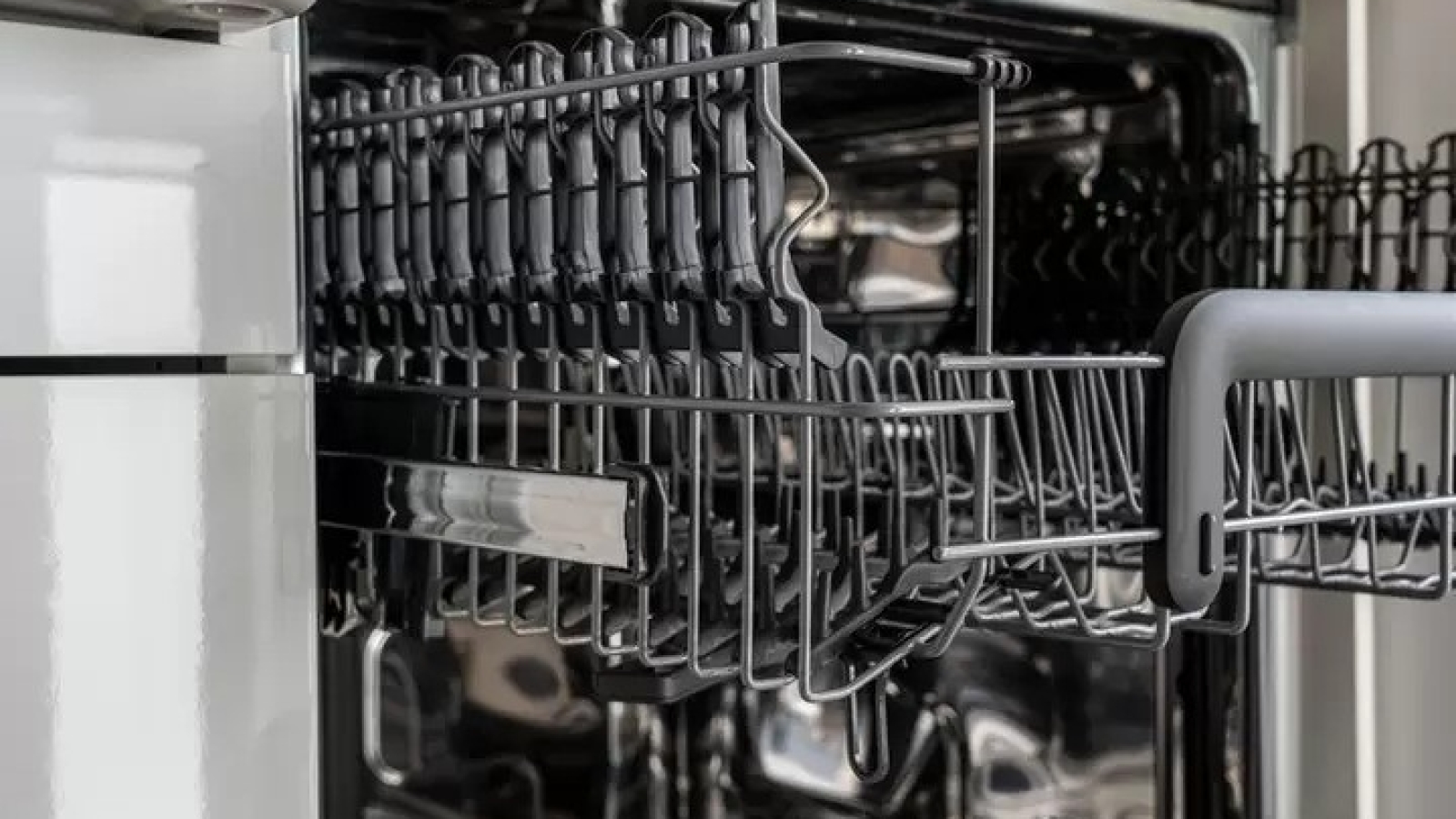A leaky dishwasher can cause water damage, lead to mold, and create an overall mess in the kitchen. Fortunately, many dishwasher leaks are easy to identify and fix with a few basic tools. Here’s a guide to help you troubleshoot and fix common dishwasher leaks.
Step 1: Identify the Source of the Leak
Dishwasher leaks can come from several parts, such as the door, hoses, or pump. Identifying the source will help you find the correct solution.
- Door Leak: Leaks around the door indicate issues with the door gasket or latch.
- Underneath the Dishwasher: Water under the appliance might mean a problem with the pump, hoses, or seals.
- Around the Drain: Leaks near the drain may be due to loose fittings, clogged drains, or a broken seal.
Step 2: Check the Door Gasket
The door gasket (rubber seal) ensures the door closes tightly and prevents leaks.
- Inspect the Gasket: Look for cracks, tears, or signs of wear on the gasket.
- Clean the Gasket: Debris buildup can affect the gasket’s ability to seal. Clean it with a mild detergent and a damp cloth.
- Replace the Gasket if Needed: If the gasket is damaged, it’s best to replace it. Remove the old gasket and press a new one into the groove, following the manufacturer’s instructions.
Step 3: Inspect the Door Latch
A door that doesn’t close properly can cause leaks, especially during wash cycles.
- Check the Latch: Ensure the door closes securely. If it feels loose, try tightening the screws.
- Adjust the Latch if Necessary: Some models allow for latch adjustment. Adjust it so the door closes snugly without requiring excessive force.
Step 4: Check the Dishwasher Hoses
The inlet and drain hoses carry water in and out of the dishwasher, and any cracks or loose connections can lead to leaks.
- Inspect for Cracks or Damage: Check the inlet and drain hoses for visible cracks or signs of wear.
- Tighten the Connections: Ensure that both ends of the hoses are securely connected. Use a wrench to tighten any loose fittings.
- Replace Damaged Hoses: If you see cracks, replace the hose with a compatible one for your dishwasher model.
Step 5: Examine the Pump and Motor
The pump circulates water inside the dishwasher and drains it after the cycle. A faulty pump can lead to leaks, especially if it’s worn or damaged.
- Locate the Pump: Access the pump by removing the bottom panel of the dishwasher.
- Inspect for Leaks: Look for water around the pump and motor area.
- Tighten Loose Screws: If the pump or motor is loose, tighten any screws to secure them in place.
- Replace Worn Seals or the Pump: If you see worn seals or a damaged pump, consult a professional, as replacing the pump involves handling electrical parts.
Step 6: Check the Float and Inlet Valve
The float and inlet valve regulate the water level inside the dishwasher. If either malfunctions, the dishwasher might overfill and leak.
- Inspect the Float: The float is usually a small plastic piece near the front of the dishwasher floor. Check if it moves freely and isn’t stuck.
- Clean the Float: If it’s dirty, clean the float to ensure it moves properly.
- Test the Inlet Valve: If the dishwasher still overfills, the inlet valve might be defective and should be replaced by a professional.
Step 7: Run a Test Cycle
After addressing potential causes, run a short cycle to check for leaks.
- Run the Dishwasher Empty: A test cycle without dishes helps you monitor for leaks.
- Observe for Leaks: Check around the door, underneath, and around the hoses during the cycle.
- Confirm the Fix: If you notice no leaks, your dishwasher is ready for regular use again.
Conclusion
A leaking dishwasher can be both an inconvenience and a risk for water damage, but many leaks can be fixed with basic tools and a little time. By following these steps, you’ll address the most common causes of dishwasher leaks and potentially save on repair costs.


